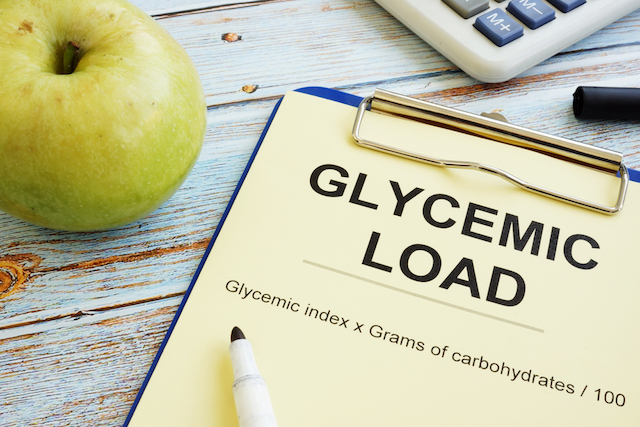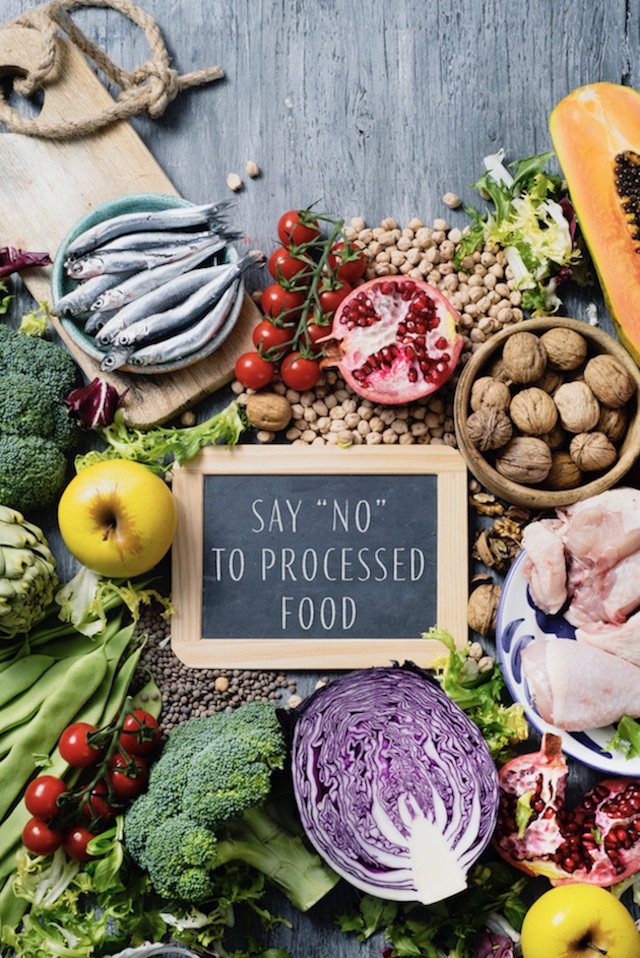- Home
- Blog
- Carbs, Sugars and Fibres
- Cutting carbs the easy way
Cutting carbs the easy way
Written by Catherine Saxelby
on Wednesday, 11 September 2019.
Tagged: carbohydrates, carbs, healthy cooking, healthy eating, low carb, lower carb, no-carb, nutrition

There’s a lot of talk about low carb and lower carb diets these days. While I’m not a fan of the Low Carb (think less than 20 grams per day) High Fat movement, I do think that the modern Western diet relies too heavily on carbohydrates, especially the refined types. It’s not that hard to reduce them and reduce the GI load on your body. Take a look…
Carbs, GI and GL
Most of us know which foods are high in carbs but here’s a reminder of 10 of the highest (in average amounts per 100 grams):
- Sugar 100
- Honey 75
- Breakfast cereals sugary 75
- Biscuits, cookies and cakes 60-80
- Bread 40
- Rice, boiled 35
- Pasta, boiled 27
- Potatoes, boiled 13 (bear in mind that you’d probably have a 200 g serve)
- Fruit juices 8-14
- Soft drinks 8-12 (bear in mind a can is 2.5 times this amount)
Now, not all carbs are created equal. Here we mean carbs to comprise the usual starchy types such as rice, potatoes, pasta and breads as well as the sugary types such as added sugar, honey and similar sweet syrups. They can be low, medium or high GI and have a low, medium or high GL. What does this mean for you? I discussed the difference between GI and GL on the website here, but here’s the short version.
GI and GL – what do they mean for you?
GI measures the quality of the carbohydrate – in other words, how much a carbohydrate will affect blood sugar. It is a ranking of foods from 0 to 100 that tells us whether a carbohydrate food will raise blood sugar (glucose) levels dramatically, moderately or just a little.

- A low GI food has a GI of 55 or less.
- A medium GI food of between 56 and 69.
- A high GI food has a GI of 70 or more.
The effect of a carbohydrate food on blood sugar levels is not only determined by its GI or carbohydrate quality but also by the amount of carbohydrate in a particular food.
Glycaemic Load (GL) is the term used to describe the overall effect of these two factors on blood sugar.
For example:
- The GL of a potato (GI around 90) containing approximately 18 grams of carbohydrate is 18 x 90% = 16.
- The GL of an apple (GI around 40) containing approximately 15 grams of carbohydrate is 15 x 40% = 6.
From this we can see the potato will produce a blood sugar rise three times that of the apple. When foods have similar amounts of carbohydrate, GI will have the greatest influence on blood sugars. When the amount of carbohydrate in a portion differs, the best way to predict blood sugar effects will be via the GL.
There is good evidence that swapping to a lower GL helps with stabilising blood glucose and weight.
 Some nutritionists use the following cut-off figures for a food's Glycaemic Load:
Some nutritionists use the following cut-off figures for a food's Glycaemic Load:
Low - Less than 10 points
Medium - 11-19 points
High - Over 20 points
Alternatively aim to keep the total GL per day under 100.
How to cut the worst of the carbs
I called this post ‘Cutting carbs the easy way”. So here it is. We’re looking to reduce the carbs that have the most impact on blood glucose levels. So, we’re looking to remove those foods with a high GI. Luckily the worst of these foods are what we would label junk and/or discretionary foods. (See my posts here and here.)
 These are the Ultra Processed Foods (UPFs). Here are my top 10 UPFs to avoid:
These are the Ultra Processed Foods (UPFs). Here are my top 10 UPFs to avoid:
- Fizzy soft drink
- Chocolate-hazelnut spread e.g. Nutella
- ‘Pods’ and similar sweet baked snacks
- Potato crisps
- Corn chips
- Instant noodles
- Sweet biscuits and biscuit-like snacks
- Processed cheese sticks
- Flavoured, sugary alcoholic drinks such as Breezers and Cruisers
- Muesli bars, energy bars, protein bars, roll-ups.
4 more strategies for cutting carbs
- After eliminating the UPFs, try to reduce your consumption of starchy foods such as rice, pasta and potatoes. Instead of having two cups of white rice have one, or better still have a lower GI version such as Basmati and Doongara varieties.
- Starches cause most problems when they are mixed with fats because they hit the brain’s reward centre’s sweet spot (pardon the pun) and encourage you to over eat. So, if you want to have chips or roast root veggies try an air-fryer or use an oil spray and then put them in the oven rather than roasting them in oil or fat.
- Cook your starches ahead of time, cool them in the fridge and then reheat. Some of that starch will have converted to resistant starch which won’t affect your blood glucose levels.
- Cook rice with a little coconut oil and then cool it for 12 hours before reheating to eat. Sri Lankan researchers claim this increases the resistant starch in the rice 10 fold.
The bottom line
Forget UPFs. Reduce heavily processed food – the white flour products, and those containing sugar, honey, jams and syrups. Examples are white bread, pastries, muffins, sweet cake-like desserts, doughnuts and confectionery.
Foodwatch
The Good Stuff
The Boring Stuff
© 2025 Foodwatch Australia. All rights reserved
Website by Joomstore eCommerce





